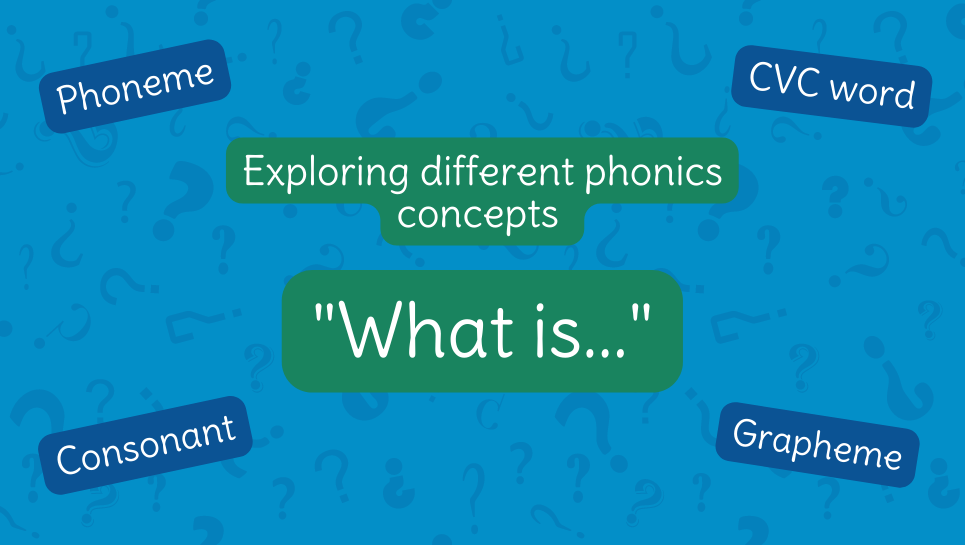In our ‘what is…’ series we’re taking things back to basics! From phonics to decoding, blending and more, we’re going to break things down and give you our expert advice on each area, to help answer any questions you may have around teaching reading.
***
A vowel digraph is a two-letter spelling that represents a vowel sound. A common example is the spelling ‘ai’ in the word ‘rain’. The spelling ‘ai’ represents the sound /ae/.
Why is this important?
There are many vowel digraphs in the English writing system. These spellings use previously taught letters: for example, in the word ‘rain’, the letters ‘a’ and ‘i’ will have been taught as representing the sounds /a/ and /i/. To avoid confusion, it is imperative to introduce vowel digraphs in a systematic way, making sure that children have the conceptual understanding that underpins how the English writing system works.
Quality phonics programmes will introduce vowel digraphs following this progression:
- Students are taught the sounds of the alphabet where each letter represents a sound in a word, e.g. the word ‘m a t’ has three sounds and each letter represents a sound.
- The concept that two identical letters can spell a consonant sound is introduced with double consonants, e.g. ‘ll’ in the word ‘d o ll’.
- The concept that two different letters can spell one consonant sound – e.g. ‘ck’ in ‘luck’
- The concept that two different letters can spell one vowel sound – e.g. ‘ai’ in ‘rain’
- At this stage, many more vowel digraphs can be taught, e.g. ee, ay, oa, etc.



